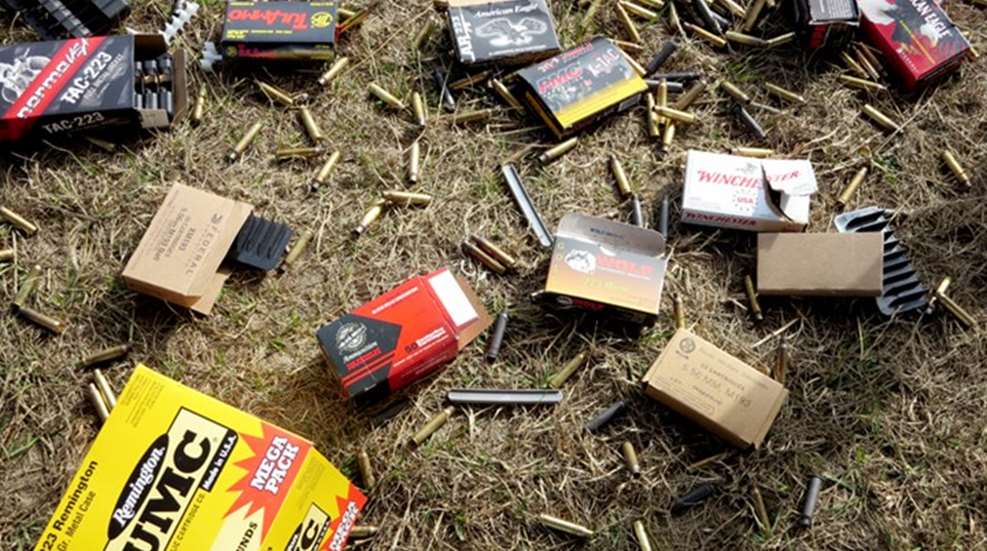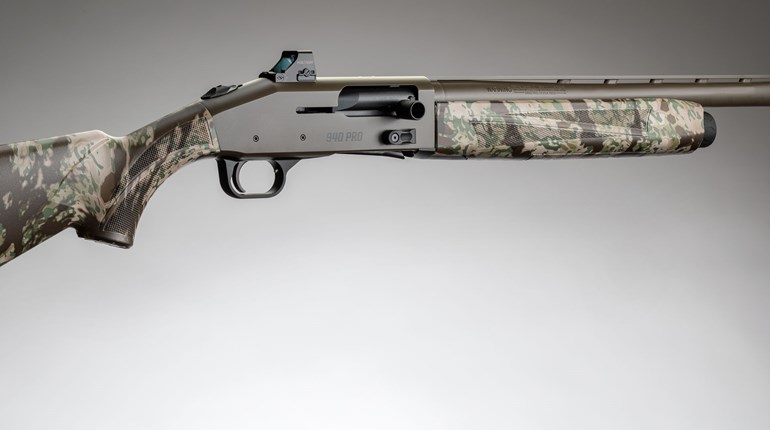
We know you love to stash ammo, because no gun owner wants to be without a few rounds when they need it most. But does it have a shelf-life? When does it go bad, if ever? In this article we’ll examine what causes ammo to peter-out, and what you can do to prolong its life.
I remember the day I asked my father if we could shoot “the old .303.” To my delight, he said yes. (I guess he’d had a good day at work, because I’d been asking him for years!) He’d bought the Lee Enfield WWI-era bolt-action at a pawn shop for $5 when he was 18, and he used it to take his first buck. He’d bought several boxes of military surplus .303 British ball ammo to go with it.
Thirty-some-odd years later--with his gun cabinet now flush with modern .308s, .243s and .30-06s--we dusted off the old rifle off and marched out of the house with two stripper clips full of greenish-colored .303 ammo to shoot. I raised the rifle to my shoulder, aimed through the peep sights and Blam! The rifle fired as if the year were 1925 and the ammo was shiny-new.
Twenty-five years later, I was asked to write this story. I trekked back to my now-departed father’s gun cabinet, grabbed the .303 and a few cartridges and marched down to the pond-dam range. Blam! The gun fired! The ammo is at least 75 years old, if not 100.
“I’ve shot factory loads from the 1870s, and they went bang and hit the target accurately,” said NRA Museums Senior Curator Doug Wicklund, affirming that ammo can indeed last a long, long time, and the .303 wasn’t a fluke.
So why, then, do ammo companies tell us the shelf life of their ammo is 10 years?
Fact is, the life of ammo is relative and unpredictable. It’s based on the quality of the manufacturer's loading techniques and its components, including powder and primer type and their proper sealing. But after manufacturing, a round’s life comes down to the conditions under which it lives.
Ammo, like good wine, should be stored in a cool, dry place without sunlight. It should have no drastic temperature changes and shouldn’t be jostled a bunch. You should never store it with or near oils or solvents. That's because both can eventually infiltrate the cartridge and void the powder. Ammo should never be stored in super-high temperatures, like in a car trunk in the summertime where temps can exceed 135. Over time, doing so can break down the chemical structure of the powder and lead to degraded performance, if not outright failure to fire.
Will it fire if it’s been stored in a dank basement? Probably, but maybe not. Will it fire after 50 years if it’s been stored in a cool, dark, airtight container? Again, probably, but maybe not. The point is, you should do what you can to make sure the odds are in your favor that it fires. And if it’s ammo that you may trust your life upon--such as rounds for your concealed carry gun--shoot it for practice after three to give years and buy more. It’s just smart policy.
Fact is, all modern ammo will last more than 10 years if it’s been stored reasonably well. Ammo companies push a conservative message, likely because they don’t want the liability if it fails to fire (and, hey, they’d like to sell more ammo...fair enough). Still, however, you should practice the following tips to make sure your ammo is in tip-top shape when it’s finally loaded into the breech.
- Store your ammo in a climate-controlled place that seldom to never fluctuates higher or lower than a 20-degree temperature change. “Around 70 degrees with 50% humidity is ideal,” said Wicklund. This rules out attics and non-climate-controlled garages.
- If the area where you must store ammo is humid, store it in an air-tight canister or o-ring sealed plastic container. Throw a silicon anti-humidity pack in there as well.
- Consider purchasing a dedicated dehumidifier that’s powerful enough for the size of the area where the ammo is stored. Depending on the size of the area, one can be purchased for around $150.
- Practice the milk-at-the-supermarket technique wherein the first ammo you place in storage is the first to be fired. This way you’ll keep all of your ammo as fresh as possible.
- If you must get rid of ammo that just looks too corroded to use, call your local shooting range to see if they can accept it for disposal. If not, you can call the non-emergency police line to inquire if you can bring it in for disposal.







































